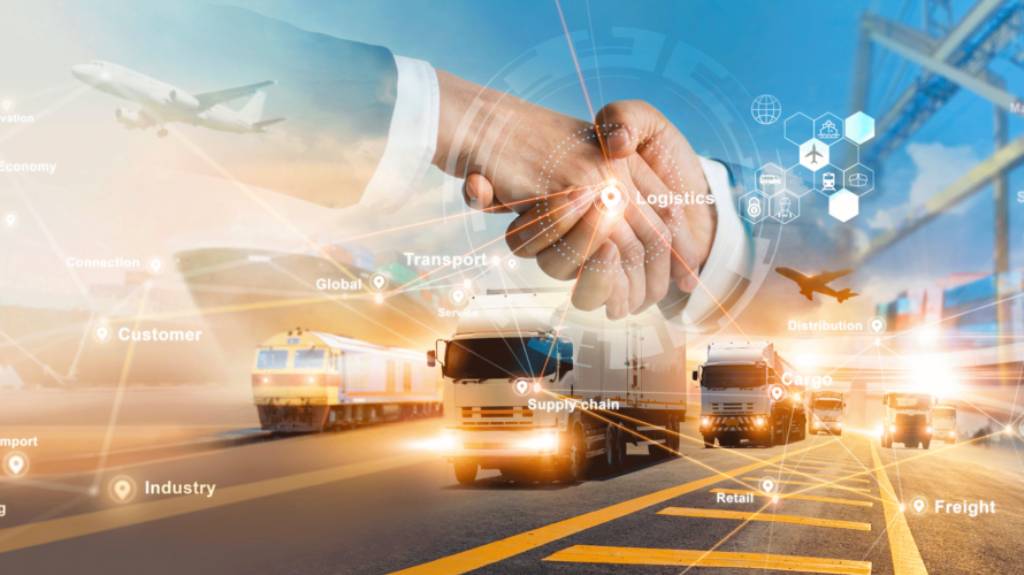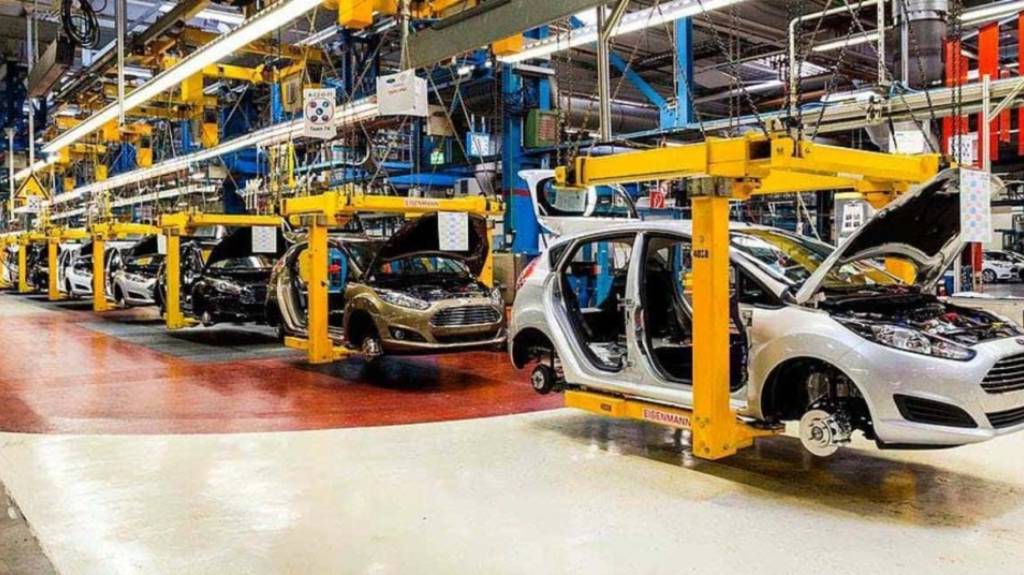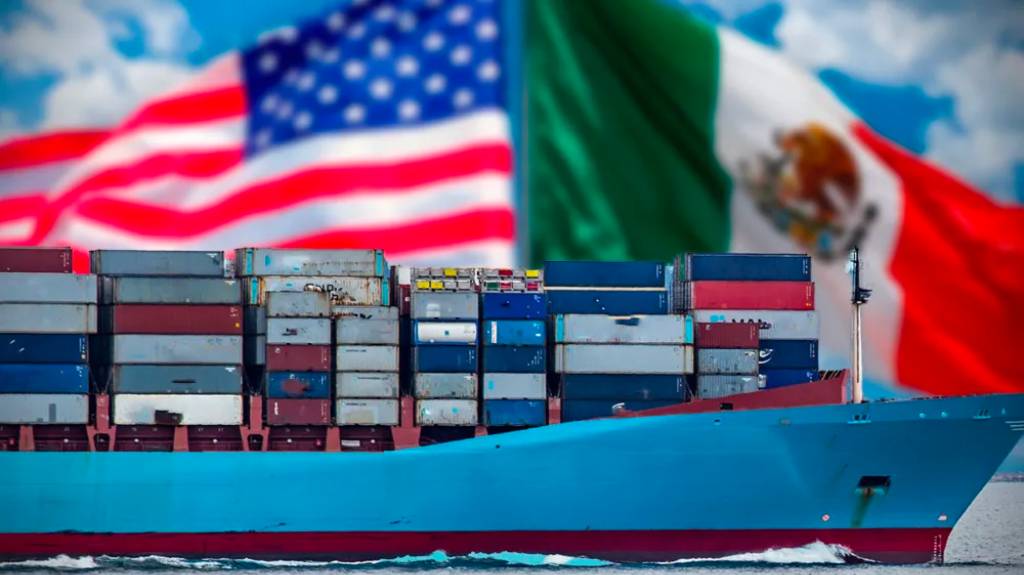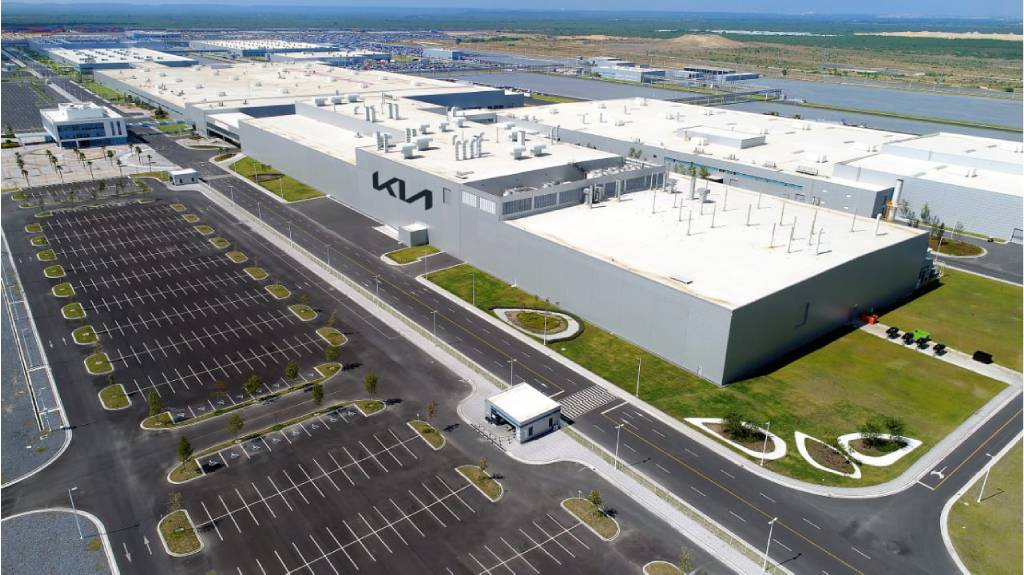
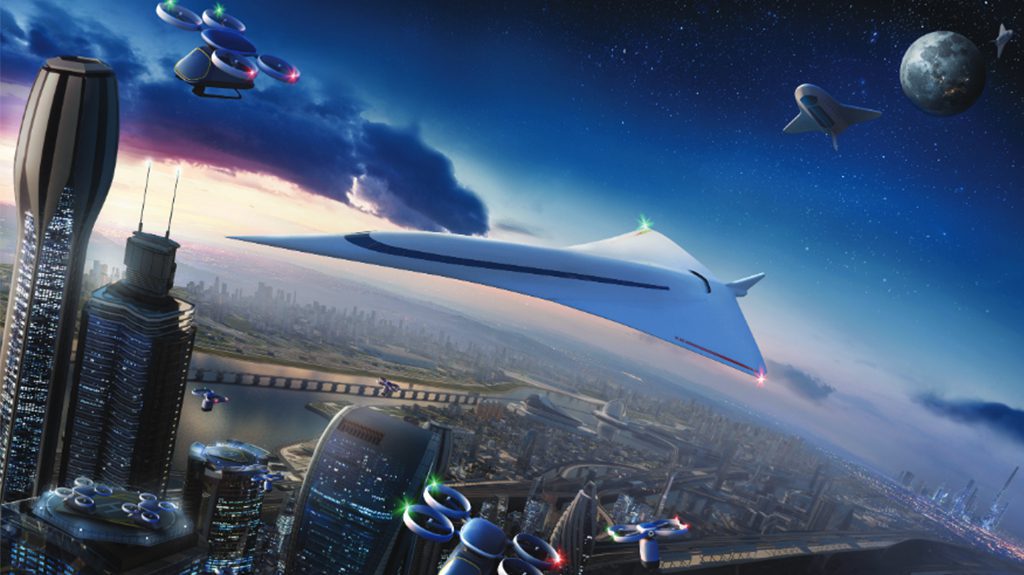
“Drones will deliver packages across the country. Artificial intelligence will be widespread. Air taxis will be a part of everyday commutes. Supersonic flight will get passengers around the world in half the time. There’s even the potential to tour the stars aboard a commercial spacecraft.”
This is the future as envisioned by the Aerospace Industries Association. The group issued a report in March titled “What’s Next for Aerospace and Defense: A Vision for 2050.” In the report, aerospace experts listed what has to happen for the industry to make this vision a reality. The report breaks these challenges down into six categories:
1. Autonomy and insights
2. Materials, technologies and designs
3. Connectivity infrastructure
4. Physical infrastructure
5. Manufacturing processes
6. Industry and government mindset and culture.
Some of these advances, such as changes to manufacturing processes, are relatively straightforward and under industry control. Others, such as technological and infrastructure improvements, will require broad market advances and new regulatory frameworks.
Autonomy and insights: To make dense air travel of the future possible, low-cost sensors will require an artificial intelligence with enough autonomy and insight to make decisions that will earn public trust. An outside authority — either government or industry bodies — must develop standards for AI decision-making.
Advanced materials, technologies and designs: Future transportation systems will require the availability of clean and reliable power that will enable energy-dense electric propulsion. This will depend on advances in battery technology. Similarly, hypersonic flight faces significant challenges that will call for the development of highly durable materials.
Connectivity infrastructure: Future systems will require low-cost, high-bandwidth technology, miniaturized hardware and enhanced cybersecurity.
Physical infrastructure: To accommodate the next generation of aerospace vehicles, physical infrastructure must be updated to enable the use of air taxis, which will use “vertiports,” often in urban areas. Companies are also working on charging infrastructure for electric terrestrial vehicles.
Manufacturing processes: Using digitally enabled faster development cycles, the manufacturing sector will need to produce low-cost hardware. The hardware will need to sell at prices low enough to gain widespread acceptance.
Industry and government mindset and culture: Finally, the aerospace industry and policy makers need to work together to attract and retain the exceptional talent required to realize this 2050 vision.
Source: https://www.wvgazettemail.com
Aerospace Industries Association Vision 2050 report; find the full report at: https://www.aia-aerospace.org/wp-content/uploads/2019/03/Vision-2050-Report.pdf
The Aerospace industry in Mexico is really keen on being part of this.
US toll-free: +1 (877) 698 3905
CAN toll-free: +1 (844) 422 4922
start@americanindustriesgroup.com
Please note that we do not accept job applications here. If you are interested in applying for a position, please visit the following link: https://www.americanindustriesgroup.com/jobs/
Related posts

